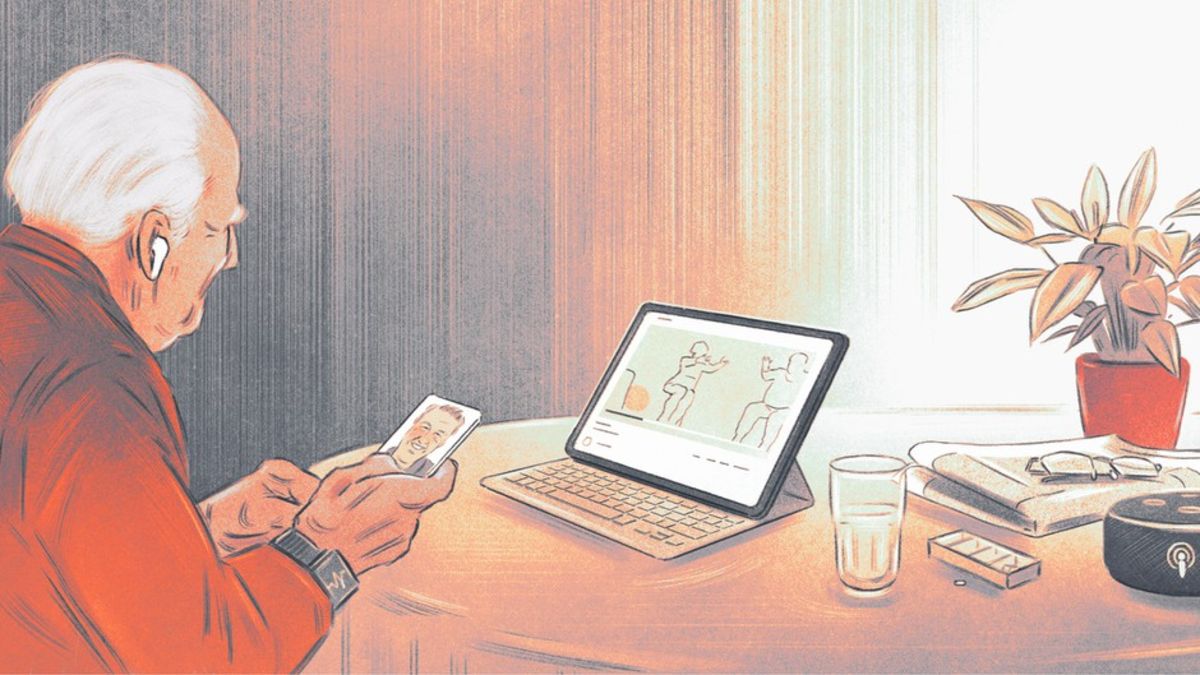The United States faces a fundamental mismatch between surging demand and insufficient capacity.
2026 Physician Fee Schedule, released in July, directs reimbursement toward remote monitoring and value-based care in the home.
Older adults can save tens of thousands of dollars annually by choosing assisted living communities over aging in place in their homes.
Unlike point solutions, Inspiren unifies resident safety, care planning, staffing, and emergency response into a single AI-powered platform.

 Since the start of the Covid-19 pandemic, tech nice-to-haves have become critical. Between boosting the deployment of telehealth technologies, once-delayed initiatives became instantly late.
Since the start of the Covid-19 pandemic, tech nice-to-haves have become critical. Between boosting the deployment of telehealth technologies, once-delayed initiatives became instantly late.